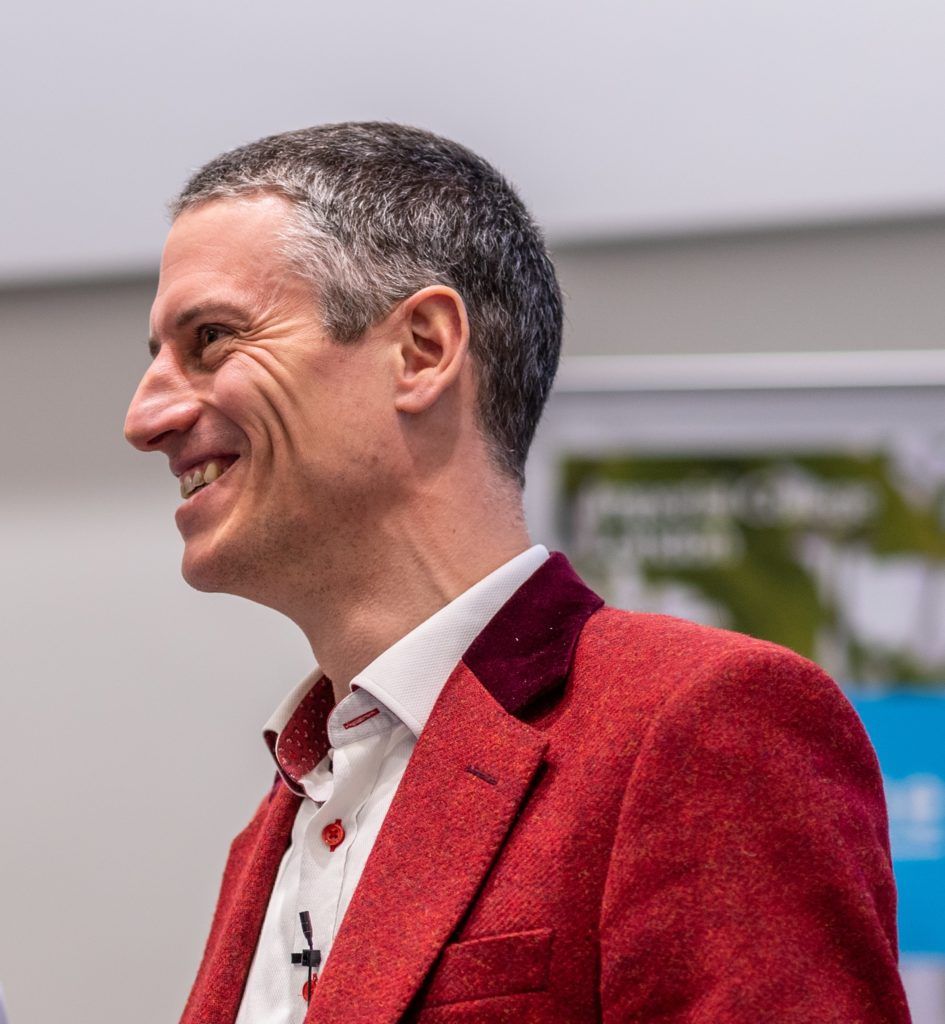Words Greg Offer
How much is degradation worth? Or to put it another way, how much does it cost if you don’t understand how long your battery will last. Imagine when the global battery industry is selling ten million vehicles a year at $100/kWh with a 60kWh battery pack and assume 10% extra capacity to guarantee the performance is delivered at end of warranty. With those simplistic assumptions the cost across the whole industry would be $6B. Regardless of the true value, the cost of over-engineering because of a lack of tools capable of predicting lifetime is going to be large.
Understanding degradation is complicated. We know that the way the cell is used can change its lifetime by an order of magnitude. For example, thousands of cycles can become hundreds, or vice versa, with relatively small changes to how a cell is charged. Einstein said, “to fundamentally solve a problem, we must understand its cause.” Without understanding, everything costs more and takes longer. Whether its discovering new materials which degrade slower, or iterating new battery pack designs or control algorithms, a random empirical approach is expensive.
Yet, I believe not enough research effort is being deployed to solve this problem. In addition, too many are reinventing the wheel. How many researchers, both in academia and industry, over the years have created their own battery model, or created their own model of degradation. The problem is societal, global warming is happening, and we need to transition to electric vehicles as quickly as possible. Therefore, both industry and academia should work together for common benefit to solve this problem quicker. The cost of not doing it, is too high.
To start solving this problem, five years ago, as leader of a UK Faraday Institution project on multi-scale modelling, we chose to support a team of researchers at the University of Oxford who were developing an open-source battery modelling tool called PyBaMM. Since then, multiple researchers around the world, including my group at Imperial College London, have embraced PyBaMM. In my group we have been working on solving the problem of how to predict lifetime, and everything we learn, and the models we create, becomes part of PyBaMM. Everything is open-source, and PyBaMM has recently become part of the NumFocus family, a well-established non-profit supporting open code for better science. This was done to ensure it will be supported and professionally maintained moving forward, and to follow best practices in governance of open-source projects.
However, we still need the community to grow. The problem is too big for a few research groups or companies to solve on their own in the timescales that society needs. Anyone who is interested in joining this international effort to solve one of the biggest problems in battery research, please get in touch.





